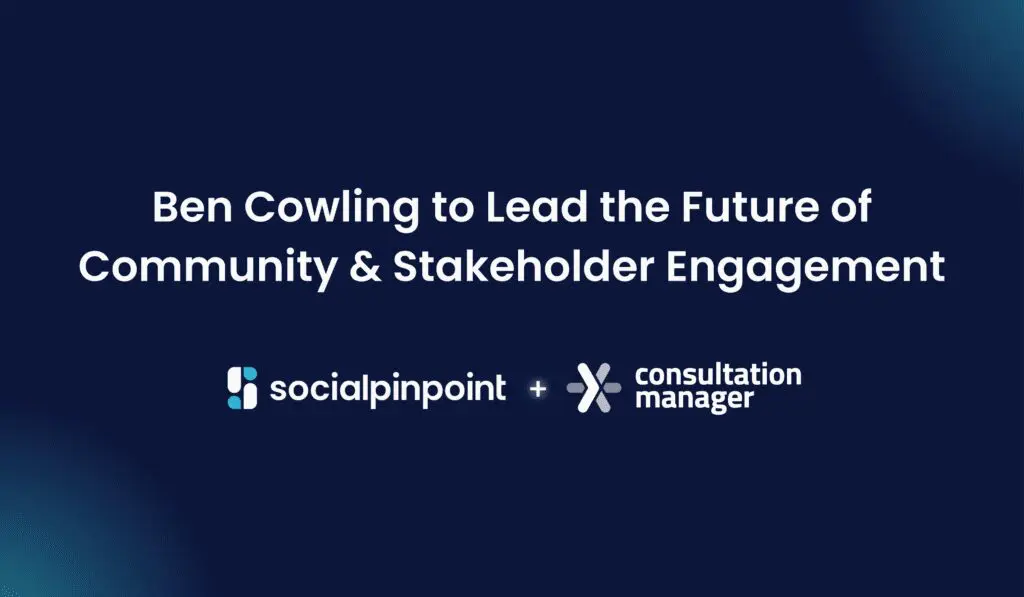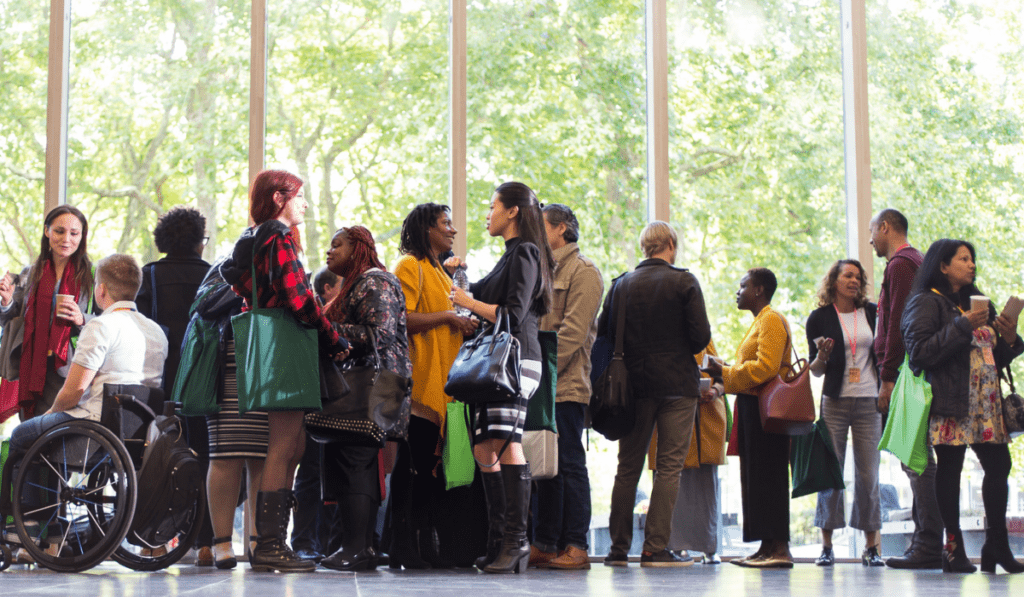A growing number of architects are turning to community engagement to create spaces that connect people and strengthen the community. We explore how community engagement enhances the design process and improves outcomes for architects and the public.
There is a growing expectation for contemporary architects to embrace community engagement to ensure that buildings and public spaces meet the end user’s needs. Architecture has the power to alter the people and places around it, changing social connections and improving living conditions. Contemporary architecture shouldn’t only impress the viewer with its form, it should be functional while creating strong community connections.
Community Engagement Improves the Design Process
Community engagement is becoming a skills requirement for architects because it builds an effective dialogue between designers and the end-user, creating a shared understanding of places and their potential.
As community engagement is a process of working with community groups to solve problems that affect their well-being, it goes hand-in-hand with the design process. In architecture, it is used as an avenue to include users in the design procedure and partner up with non-professionals.
This participatory design process has a big impact on community wellness. A well-designed building or public space can foster a sense of belonging, by creating ‘third places’ between work and home that invite social connection and interaction within our communities. When citizens and architects come together, the results can be powerful, creating a thousand different ways for people to interact throughout their daily lives and laying the foundations for stronger communities.
Failing to Engage the Community is a Risk
Amid the intricacies of design and code reviews, construction documentation, zoning requirements, and other webs of red tape, designers can lose sight of the simple concept that buildings are for people – and failing to engage the community can cause your design project to fail. If a building or space doesn’t meet the end user’s needs, it won’t be used. When you incorporate the end-user into the design process, it builds their own personal responsibility for the architecture and can help to avoid resistance down the track. When the architect stops planning for the user and begins to plan with them, they foster a far smoother development process that isn’t prone to delays due to objections and even rejection from the community.
Architects have a responsibility to make a positive impact on society and if you’re working on a public project, the government might require you to involve the community. If you’re working in the private sector, there is still an ROI in caring for the community. Consider designing an apartment building. There is a clear connection between providing a great experience across communal areas to attracting more tenants and landlords being able to charge more rent. Tapping into the community’s expertise, like the neighbors or the end-users of a building early in the design phase helps you to avoid the costs of project delays and revisions.
How to Embed Community Engagement Into Your Design Process
It’s essential for architects to lead with deep listening, not with solutions. Community stakeholders bring diverse and valuable perspectives based on their own lived experiences, that the architect, as an outsider may not have. Communities are often the content experts and issues within their places and spaces directly impact them, so they should always be close to the solutions.
To foster trust, it’s important that architects explain the participation process and the level of influence that the community will have on the final design. Consultations will run more smoothly (now and in the future) when you’re clear with stakeholders about the project’s status and their influence on outcomes.
Early engagement is also critical. Presenting a finished design instead of learning from stakeholders early in the design process can be costly. For many architects, the pre-design phase needs to go deeper and start earlier. That’s why architects should plan with public participation in mind and allow for engagement in their timelines. They should also plan to engage a diverse cross-section of their community and use a hybrid mix of offline and online engagement tools that allow everyone to get involved. Focus groups, online forums, interactive maps, and surveys can give architects a comprehensive mix of qualitative, quantitative, and geospatial feedback to inspire their designs.
Co-Design Ensures That Places and Spaces Will Last
Architects have a vision and might believe that navigating the complexities of social context and fostering relationships with non-professionals will negatively impact the project. However, conflicting priorities unveil unforeseen opportunities and help to create buildings that can last for decades. The participatory design process can incorporate contrast and help communities to work through differences so that they can fulfill the potential of their places.












